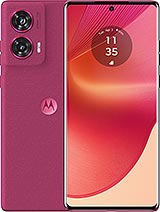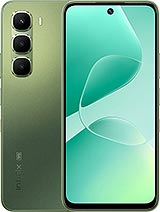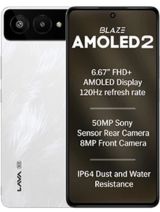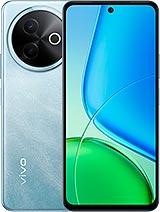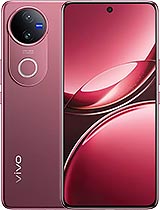Honor X7c alternatives
Tap above to see alternatives.
Vivo V50 alternatives
Tap above to see alternatives.
2x2.2 GHz Cortex-A78
6x1.95 GHz Cortex-A55
1x2.63 GHz Cortex-A715
3x2.4 GHz Cortex-A715
4x1.8 GHz Cortex-A510
8GB 256GB (UFS 2.2)
12GB 256GB (UFS 2.2)
12GB 512GB (UFS 2.2)
f/1.8, (wide), PDAF
2 MP
f/2.4, (depth)
f/1.9, 23mm (wide), 1/1.55", 1.0µm, PDAF, OIS
50 MP
f/2.0, 15mm, 119˚ (ultrawide), 1/2.76", 0.64µm, AF
1080p@30fps
f/2.2, (wide)
f/2.0, 21mm (wide), 1/2.76", 0.64µm, AF
1080p@30fps
SIM1: Nano, SIM2: Nano
9 5G bands
n1, n3, n5, n8, n28, n40, n66, n77, n78
In this performance comparison, the Vivo V50 with its Qualcomm Snapdragon 7 Gen 3 (4nm) performs better than the Honor X7c with the Qualcomm Snapdragon 4 Gen 2 (4nm), thanks to superior chipset efficiency.
Vivo V50 launched with Android 15 and will receive updates, while Honor X7c has no confirmed OS update information. Vivo V50 receives 4 years of security updates, while Honor X7c does not have confirmed info.
Vivo V50 features a superior AMOLED display, while Honor X7c comes with an LCD panel. Both smartphones offer the same 120 Hz refresh rate. Vivo V50 also boasts a brighter screen with 4500 nits of peak brightness, enhancing outdoor visibility. Both phones have the same screen resolution.
Vivo V50 features a larger 6000 mAh battery, potentially delivering better battery life. Vivo V50 also supports faster wired charging at 90W, compared to 35W on Honor X7c.
Vivo V50 offers better protection against water and dust with an IP69 rating.
¹ Scores can vary even with the same chipset due to RAM, thermals, and software optimization.

